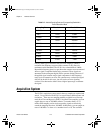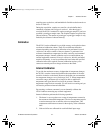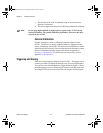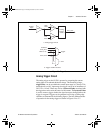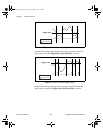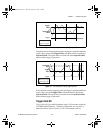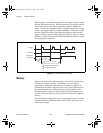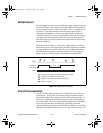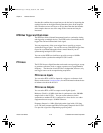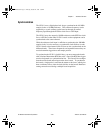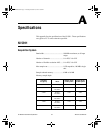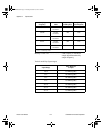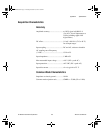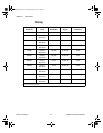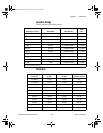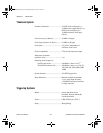
Chapter 2 Hardware Overview
NI 5911 User Manual 2-14
©
National Instruments Corporation
fact that this condition has occurred may not be obvious by inspecting the
acquired data due to the digital filtering that takes place on the acquired
data. Therefore an error will occur to let you know that the data includes
some samples that were out of the range of the converter and may be
inaccurate.
RTSI Bus Trigger and Clock Lines
The RTSI bus allows National Instruments boards to synchronize timing
and triggering on multiple devices. The RTSI bus has seven bidirectional
trigger lines and one bidirectional clock signal.
You can program any of the seven trigger lines to provide or accept a
synchronous trigger signal. You can also use any of the RTSI trigger lines
to provide a synchronization pulse from a master board if you are
synchronizing multiple NI 5911 boards.
You can use the RTSI bus clock line to provide or accept a 10 MHz
reference clock to synchronize multiple NI 5911 boards.
PFI Lines
The NI 5911 has two digital lines that can be used to accept a trigger, accept
or generate a reference clock, or output a square wave of programmable
frequency. The function of each PFI line is independent, however, only
one trigger source can be accepted during acquisition.
PFI Lines as Inputs
You can select PFI1 or PFI2 as inputs for a trigger or a reference clock.
Please see the section, Synchronization, for more information about the use
of reference clocks in the NI 5911.
PFI Lines as Outputs
You can select PFI1 or PFI2 to output several digital signals.
Reference Clock is a 10 MHz clock that is synchronous to the 100 MHz
sample clock on the NI 5911. You can use the reference clock to
synchronize to another NI 5911 configured as a slave device or to other
equipment that can accept a 10 MHz reference.
Frequency Output is a 1 kHz digital pulse train signal with a 50% duty
cycle. The most common application of Frequency Output for the NI 5911
is to provide a signal for compensating a passive probe.
CBIHWum.book Page 14 Thursday, October 29, 1998 1:56 PM



